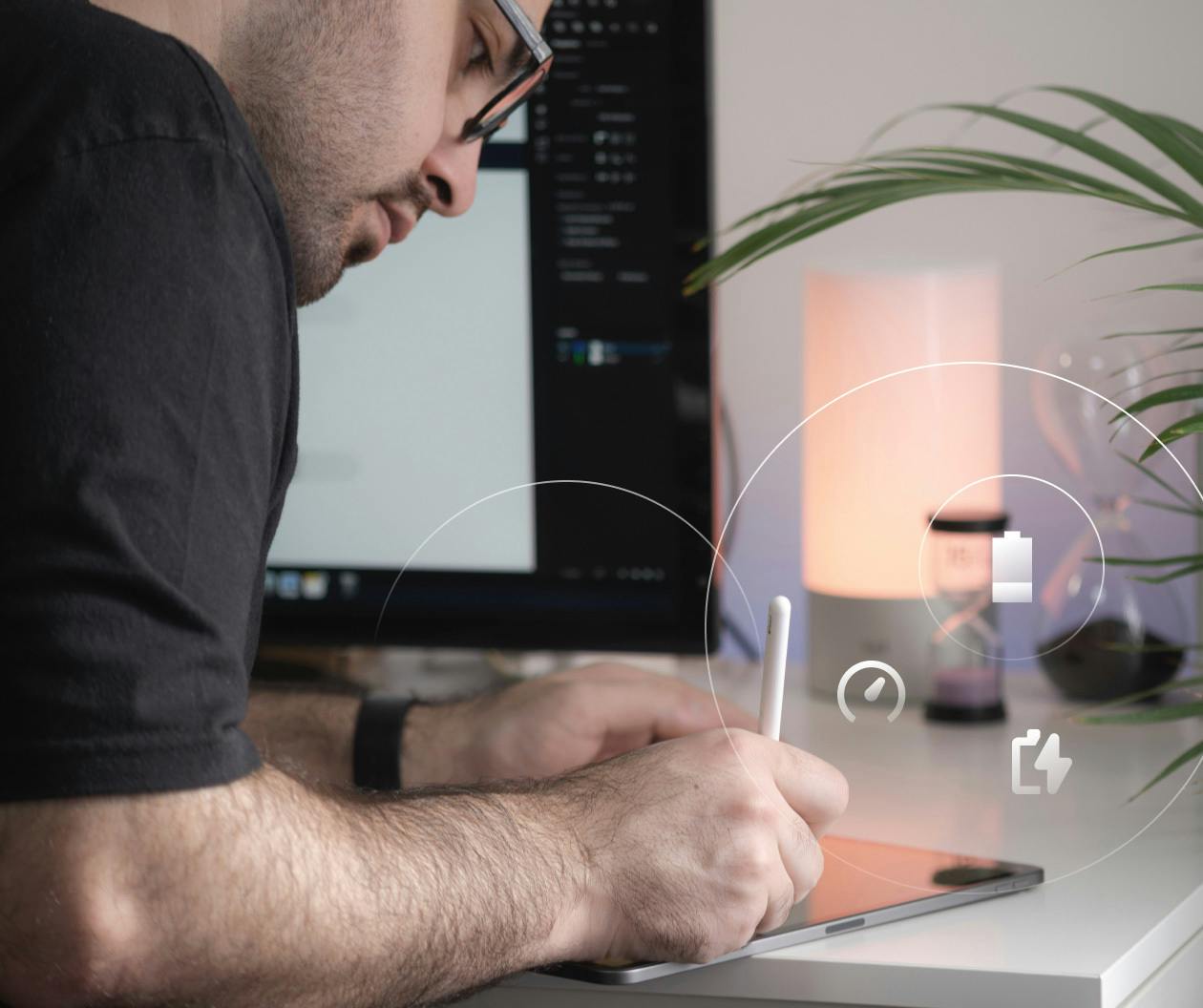A short, sharp look at Design Thinking fundamentals and their critical role in automotive retail as both OEMs and dealers move into an increasingly digital future.
Because of the pandemic, car sales are booming. As a result, dealers are enjoying record profits and their highest valuations ever. This bonanza, however, temporarily obscures the disruptive effects of digital technologies that, until the pandemic, have progressively driven dealer profits to all-time lows while connecting consumers ever more directly with OEMs. As vehicle supply normalizes over the coming 12-18 months, these disruptive retail trends will return and accelerate.
To prepare for this inevitability, OEMs and dealers must have a retail vision for the future. Taking their cue from Tesla’s successful direct-to-consumer retail strategy, a number of EV startups have sponsored new legislation to open up direct-to-consumer channels in 11 states in 2021 alone. Many traditional OEMs are pushing to do the same as they announce their transition from combustion vehicles to EVs.
Dealerships need not fear. Data show that direct-to-consumer models actually enhance dealer sales, not harm them. According to the National Automobile Dealers Association, dealerships saw a 58% increase in sales in states with open franchise laws between 2012-2019, where states with closed laws saw only 12% increase during the same period.
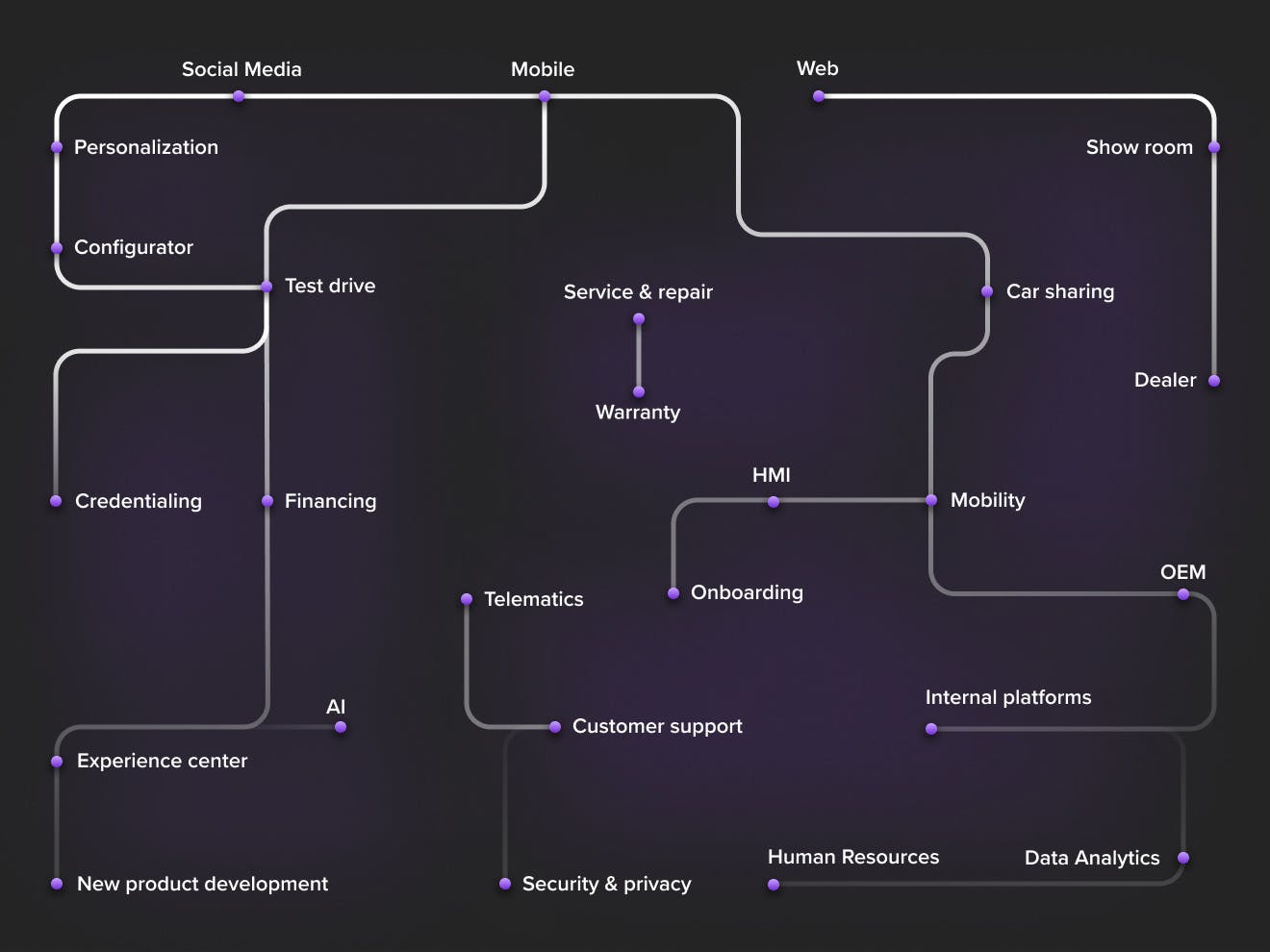
Check out this infographic which includes step-by-step instructions for using Design Thinking essentials in your next automotive digital retail innovation.
Design Thinking: key to winning in automotive retail
At Star, we see the road ahead as full of opportunities. The challenge is picking the best ones for your business and audience, and seeing them through to market. This is exactly where Design Thinking fundamentals are immensely valuable, not only in identifying where new opportunities lie but also which ones are most important.
At its core, Design Thinking is a human-centered approach that offers a reliable way to anticipate industry and consumer change while quickly inspiring and implementing new ideas – regardless of industry. More than anything, its user-centric methodology translates perfectly to meet today’s twin forces of digital disruption and direct-to-consumer shifts in automotive retail.
How does Star apply Design Thinking?
First, some level setting. Across all our work in healthcare, automotive and digital finance (and everywhere else we work), we focus design thinking on answering three key questions:
- Desirability: Does it resonate with people and will they buy it?
- Feasibility: Can we do it?
- Viability: Does it make commercial sense?
Looking at the Desirable, Viable and Feasible aspects of an opportunity ensures that it’s right for your business from all angles. Design Thinking can take you from your business challenge right through to market launch and ensure that the user-centric and commercially savvy threads are there in the final solution.
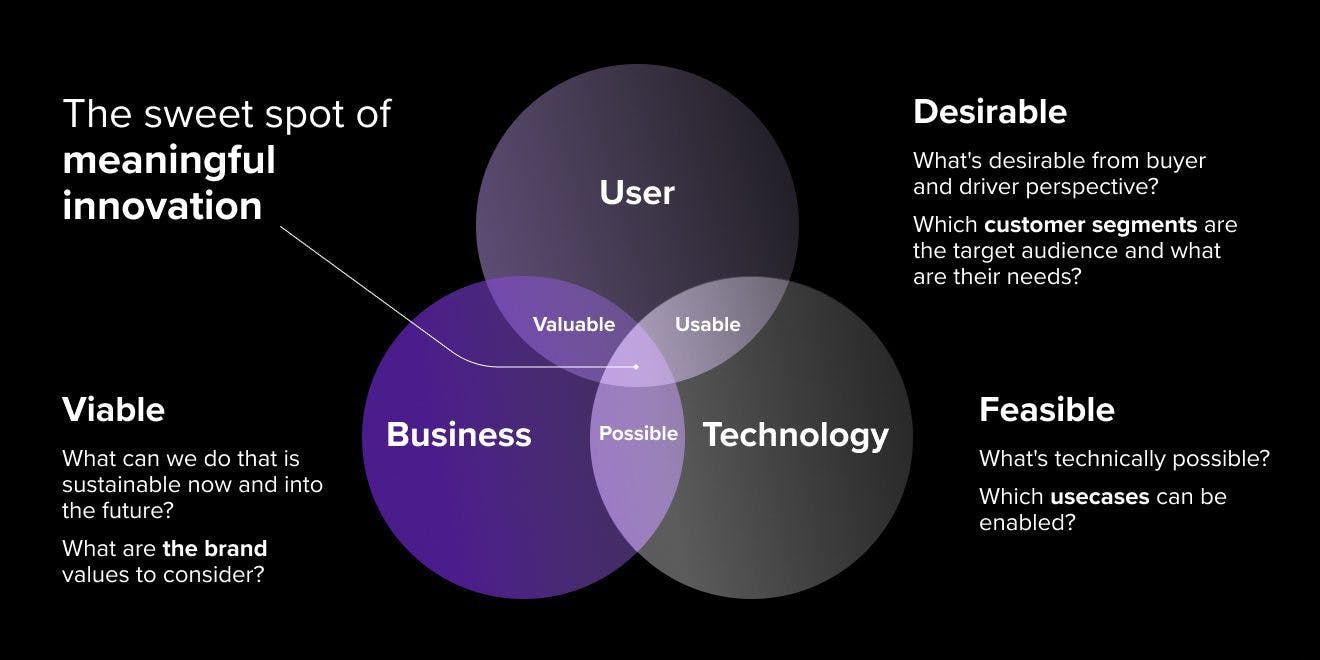
This is incredibly important in the rapidly changing world of automotive. Dealers are scrambling to reposition their businesses to accommodate entirely new consumer behaviors while traditional OEMs are rushing to connect with these same consumers directly, setting up potential conflict. Moreover, many other forces, particularly from the pandemic, will continue to accelerate change along these lines:
- COVID-19 has created collective concern around shopping in person, generating new demands for contactless retail.
- Confusion over relatively simple questions like, “how should I best maintain my car without compromising my health?” With more people using tech than ever before, dealers and service centers need to provide reassurance that they’re paying attention to both car and consumer health.
- Society is re-examining itself and its transportation habits. Accordingly, consumers are wondering whether it makes sense to own a car at all while contemplating the entire mobility value-chain, from public transportation to e-scooters to car sharing.
- Forced behavioral change. Because of the pandemic, vast groups of people are working, shopping and learning from home, and things are likely to stay that way. What can we learn about consumer car-usage habits from data streams and insights from the past 18 months?
- Internally, there are huge operational stressors for OEMs as they invest hundreds of billions to fund entirely new lines of EVs to meet market demands and mitigate climate change. Moreover, consumers are demanding entirely new digital experiences inside and outside the vehicle, transforming OEMs from hardware manufacturers to software innovation experts – demanding organizational transformations not seen since the advent of the assembly line in the early 20th century.
The choices and issues confronting the automotive industry are seemingly endless! But Design Thinking’s ability to unlock decision-making and creative problem solving not only helps identify the best road ahead but also ensures never getting lost along the way.
Five fundamental Design Thinking principles
We are entering a renaissance that will fundamentally alter the sector’s DNA and result in new business models, better and more agile execution, and evolution we can only guess at right now. There are many aspects to Design Thinking, but these five fundamental principles are crucial in times of change:
1. Identify your endgame from Day One

During times of change and disruption, it’s easy to lose focus. This is why companies must have a clear vision of their “endgame” to keep them centered as they execute a new strategy. The key to determining your endgame is to consider your customers and their needs.
From there – research, research, research. Taking a Design Thinking approach means walking a mile in your customers' shoes to really understand (not resist) their behavior and the new demands they are placing on your business.
Once you have a clear picture of your customers' needs, work backwards to a core value proposition. For instance, do your customers want the best price or do they want flexible leasing or short-term ownership options?
From specific teams to various stakeholders, make sure everyone is aligned on the same ambition. To dive into more detail, we recommend checking out this in-depth piece on how to best engage any endgame strategy.
2. Form a team of experts, make decisions holistically
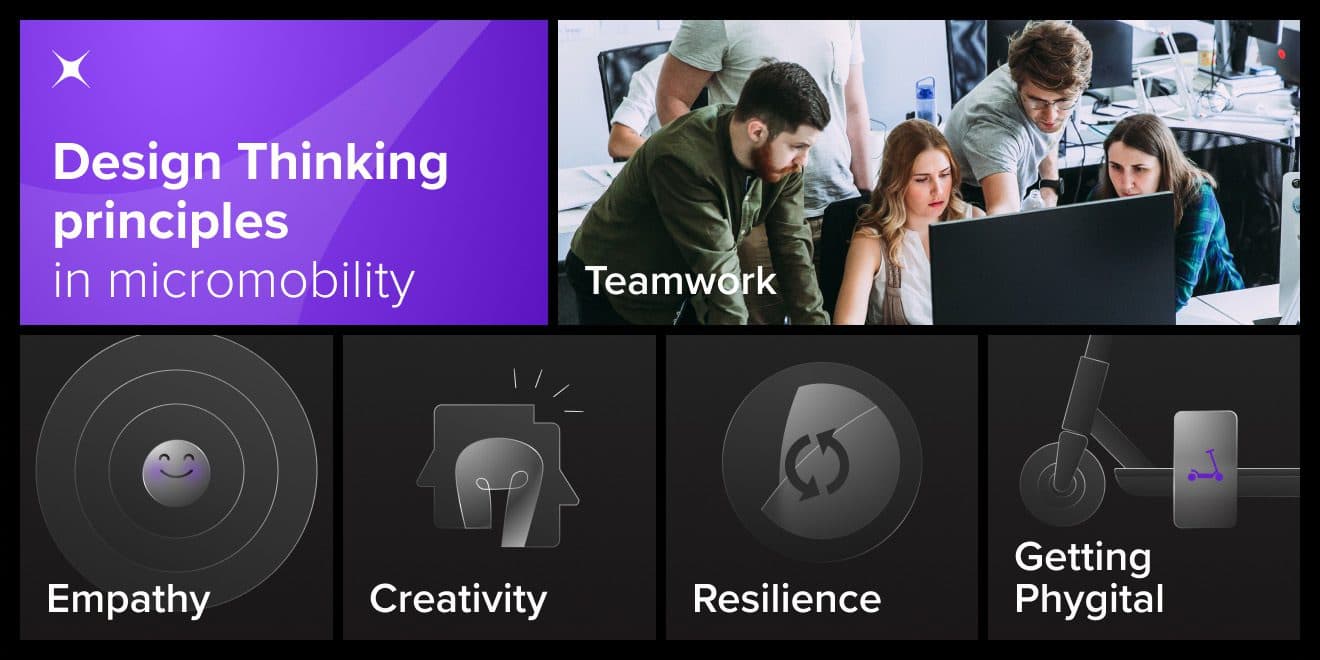
From the beginning, it’s critical to gather knowledge from inside and outside any business. These perspectives will be vital to ensure that the design approach is as robust and meaningful as possible.
Any team of experts should include:
- Trend forecasters: Get insights into where the industry is headed.
- Product managers: Ensure that someone keeps track of the larger business objectives and, most importantly, is listening to your customers.
- Supply chain knowledge experts: Benefit from comprehensive and integrated knowledge of logistics.
- Marketing & Sales: Work towards business goals that drive revenue and brand loyalty.
Combining these specialists and their points of view will provide a holistic vision for the road ahead and what the end-to-end user experience should look like going forward. Know what you and your customers’ destination is and then map the journey from there. Make sure all your horses are pulling in the same direction toward that same ambition.
Your team’s expertise and your customers’ perspective are critical in determining the best approach to emerging and, often, unfamiliar technologies while also uncovering the best strategies right from the get-go.
3. Think experiences, not things
The future of the digital automotive retail sector needs to be designed from the ground up to allow integrated and comprehensive online and offline touchpoints throughout the buying process.
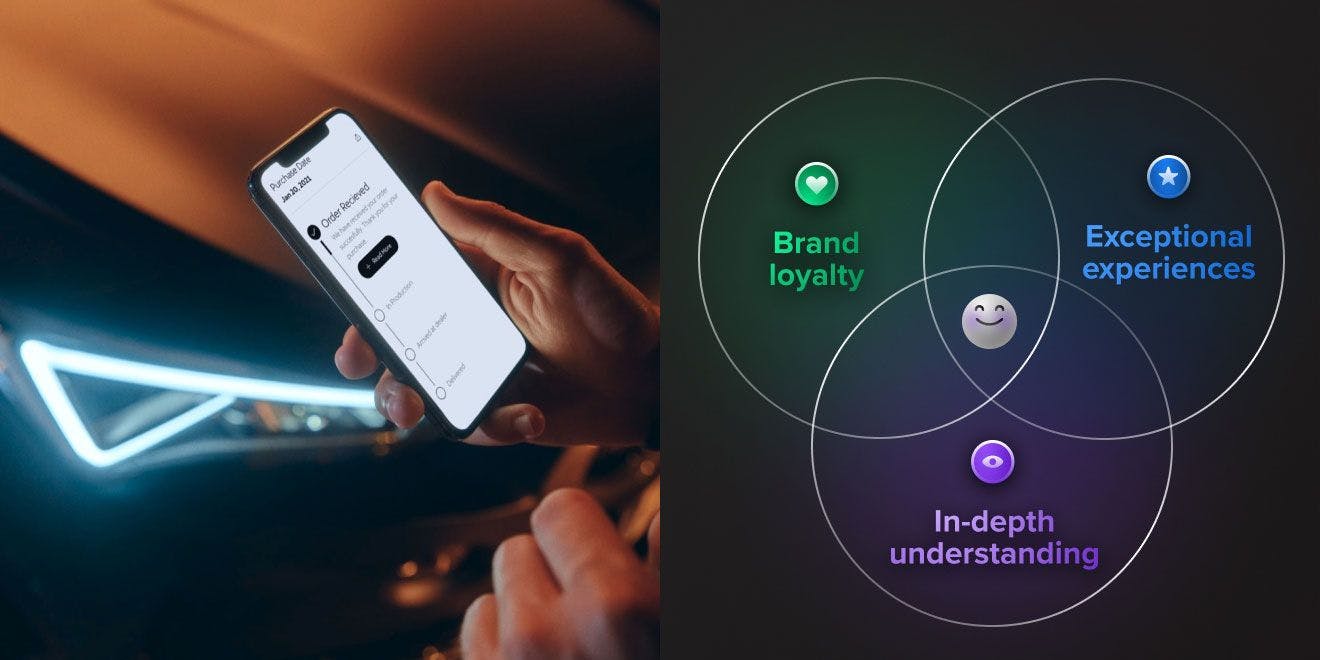
From our work across sectors, not just in automotive, it’s clear people invest in experiences. Technology is great at transforming previously mundane or stressful experiences (i.e. navigation, car sharing, price comparison) into something delightful. With more players in the ecosystem comes more levers to pull that can dial up or down an experience like never before.
Look at the multitude of automotive touchpoints and see how they come together. Think about the journeys people take to experience your product and these essential questions:
- What are the digital touchpoints?
- What platforms do people use?
- How do you want them to feel and experience your service?
- What will they measure you against, both in and out of the sector experiences?
Each touchpoint should feel seamless, holistic and on-brand, whether a user is on an OEM website, car dealer app, at a dealership or “brand experience center.”
This is where design skills including visualizing and even storytelling become vital.
4. Use all three of your brains
Empathy is arguably the most important but often-ignored principle of Design Thinking. Empathy is powerful and comprehensive because it considers the rational, emotional and intuitive parts of our brains.
- Rational: What do we want functionally? (Our head)
- Emotional: What do we want to feel? (Our heart)
- Intuitive: What do we want to achieve? What are our underlying motivations? (Our gut instinct)
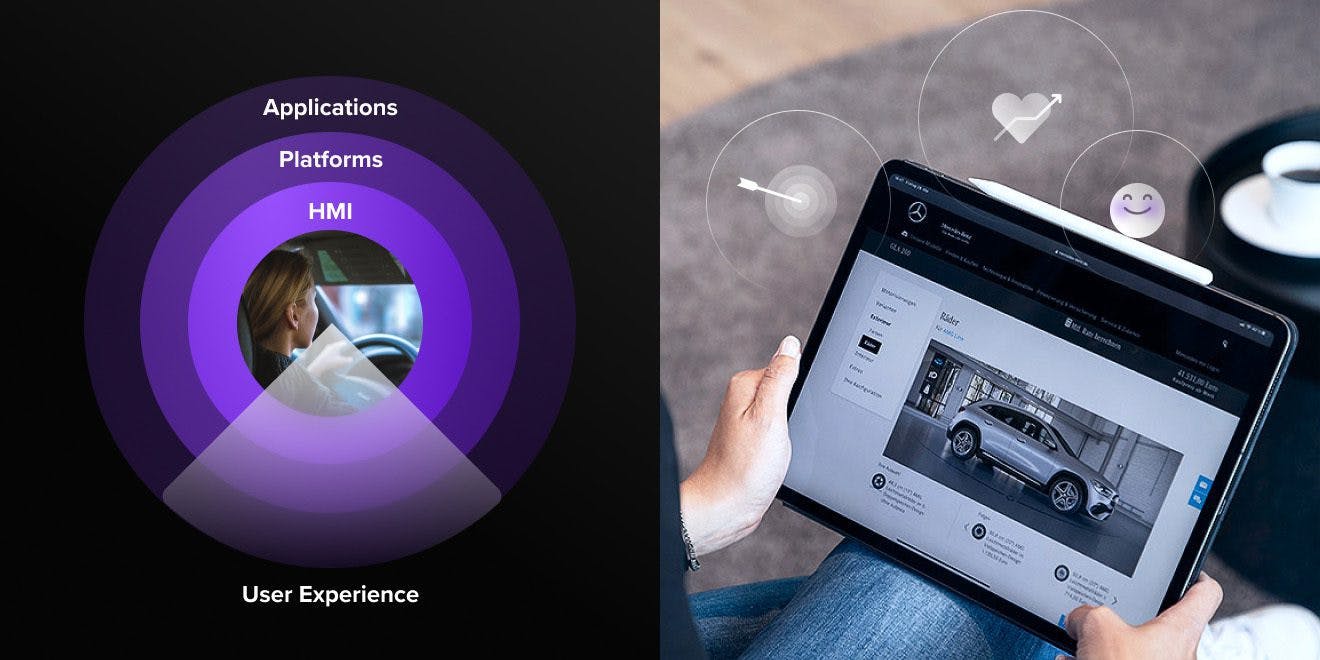
That’s why we zealously(!) emphasize placing the end-user at the center of any decision-making process. How do you interpret your audience’s psychology to extract the right insights? Then how do you deploy them into your product strategy?
Bringing this back to the automotive buying experience: what do today’s customers want and why do they want it? Let’s face it, few of us enjoy going to a car dealership these days. In a Gallup poll asking people to rate various professions on perceived honesty, only 8 percent of responders rated car salespeople “high” or “very high.”
As such, how might a digital platform transform the car buying experience to be more valuable and even more enjoyable than before?
5. Prototype and validate
According to a PwC study in Germany, 50 percent of dealers are feeling unsettled by decreasing brand loyalty, seeing it as their biggest challenge in the automotive retail sector.
Star doesn’t consider this as a negative. Customers are now more willing to test out new brands and trends - and this should, undoubtedly, be seen as an opportunity.
Validate, never assume. It’s essential to get out there to test, learn and iterate. Surprisingly, few companies exercise this discipline. Make sure these iterations consider how people research, purchase and use a car in context. This helps you become more agile, overcome hurdles and validate that approach very early in the process with very little fidelity and investment required.
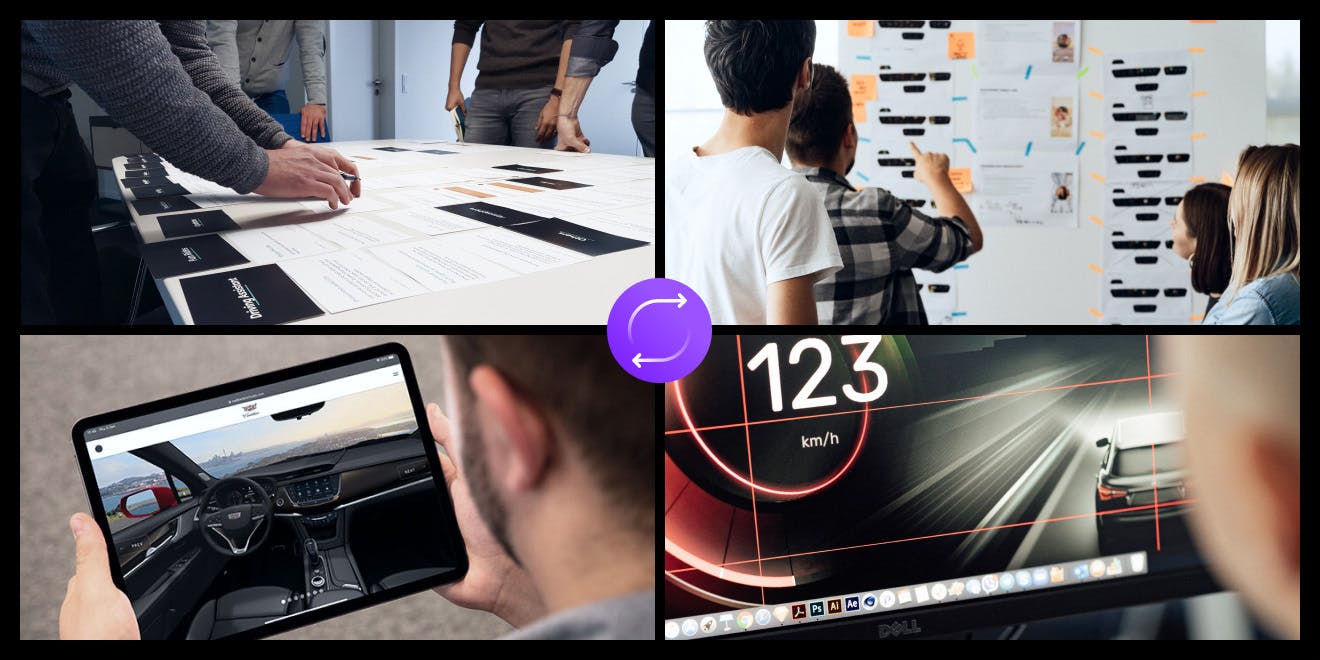
First and foremost, Design Thinking is an iterative methodology. We recommend always being open to reconsidering strategies based on what works – and don’t be afraid to fail! This kind of disciplined feedback reveals market needs and spurs innovation. Critically, this kind of research doesn’t need to be expensive. Massive insights can be gleaned from as little as a landing page on the website to gauge customer interest.
Design Thinking in the automotive digital marketplace
These are demanding times of change and challenge for OEMs and dealers. Design Thinking is a powerful tool and, through its implementation, we can create online and offline end-to-end customer experiences that reflect consumer expectations as well as their fluid relationships with car ownership and usage. OEMs and dealers can use Design Thinking to establish themselves as category innovators and win over new customers while also retaining existing ones.
At Star, we have partnered with more than 20+ OEMs, Tier 1s, and startups to “future-proof” their businesses. Our strategists, designers, and product managers have deep expertise in Design Thinking and the automotive digital marketplace, in addition to a uniquely cross-market and global perspective.
Star will be there to help from research to ideation to launch, and we ensure our clients build viable strategies and products that create competitive advantages.

